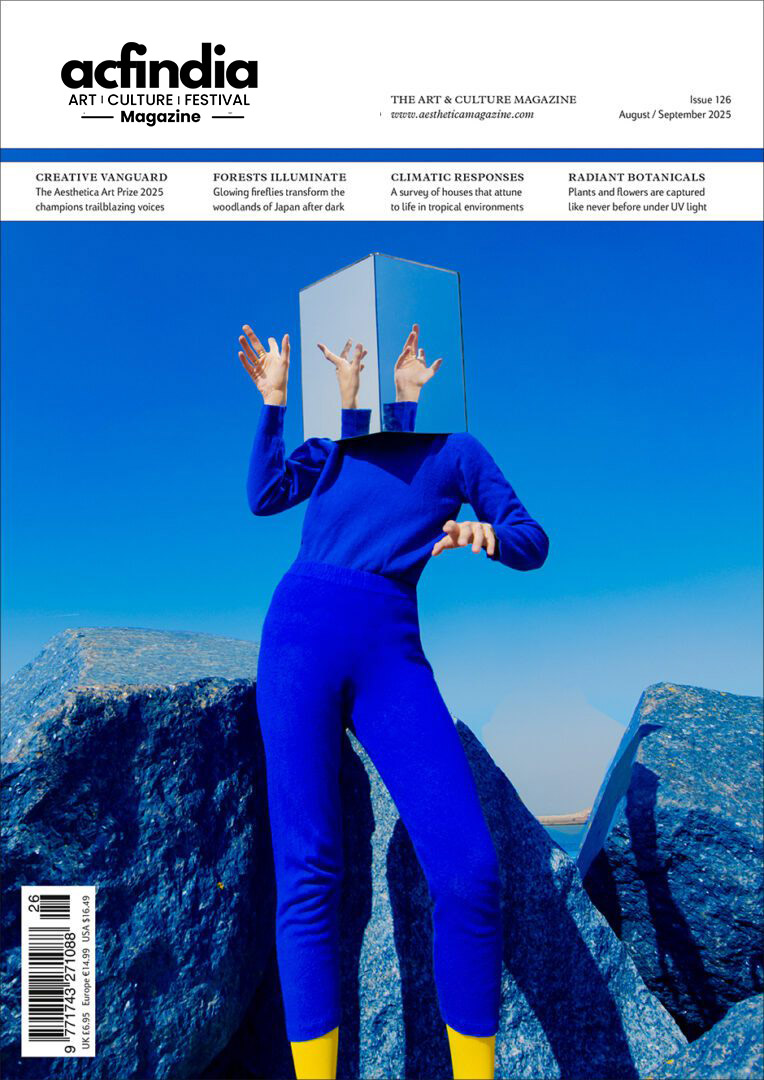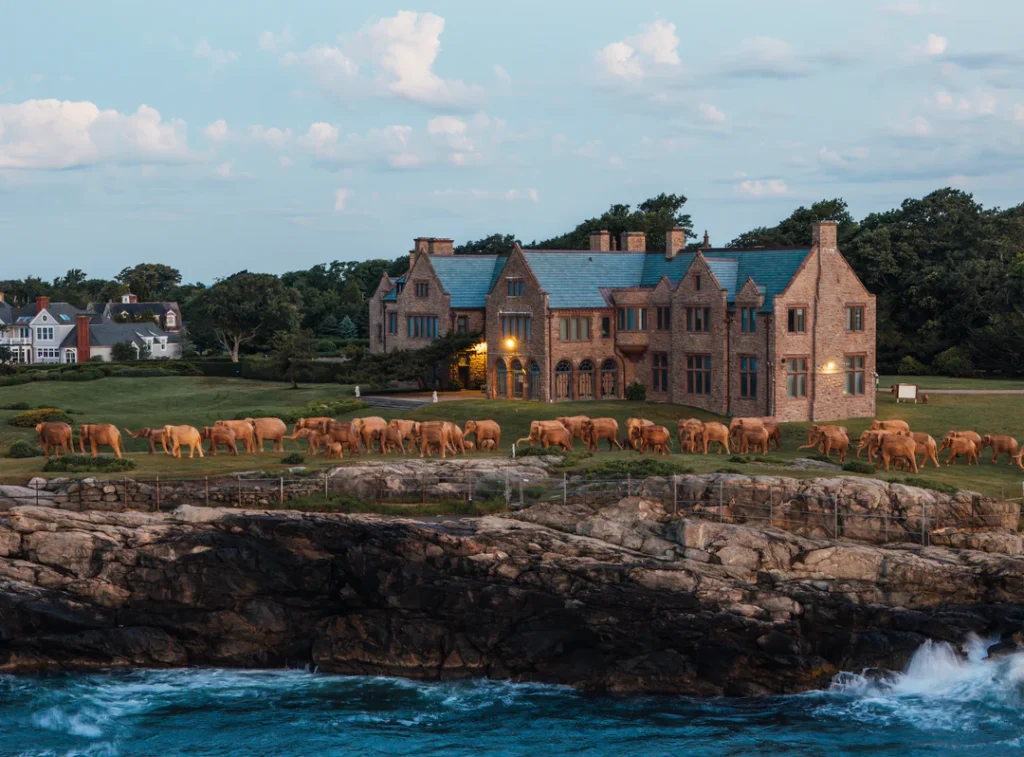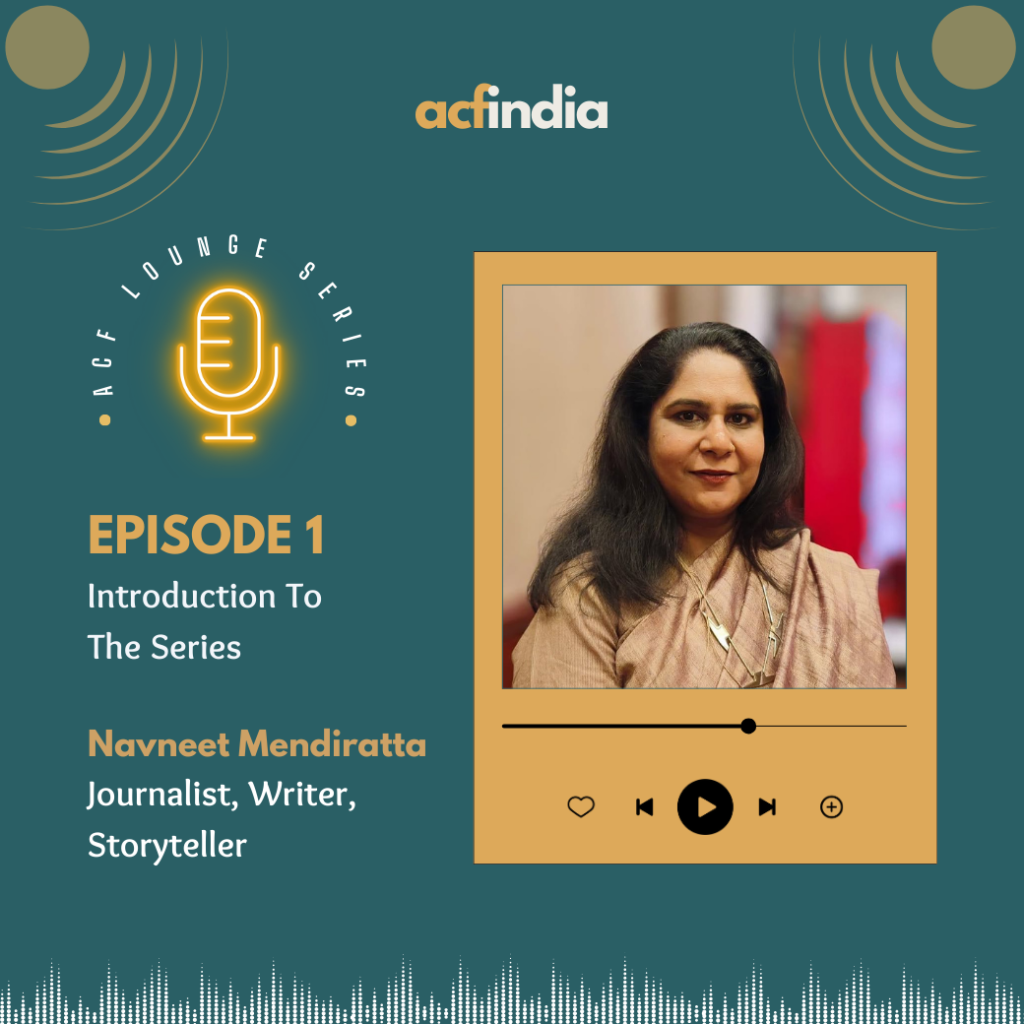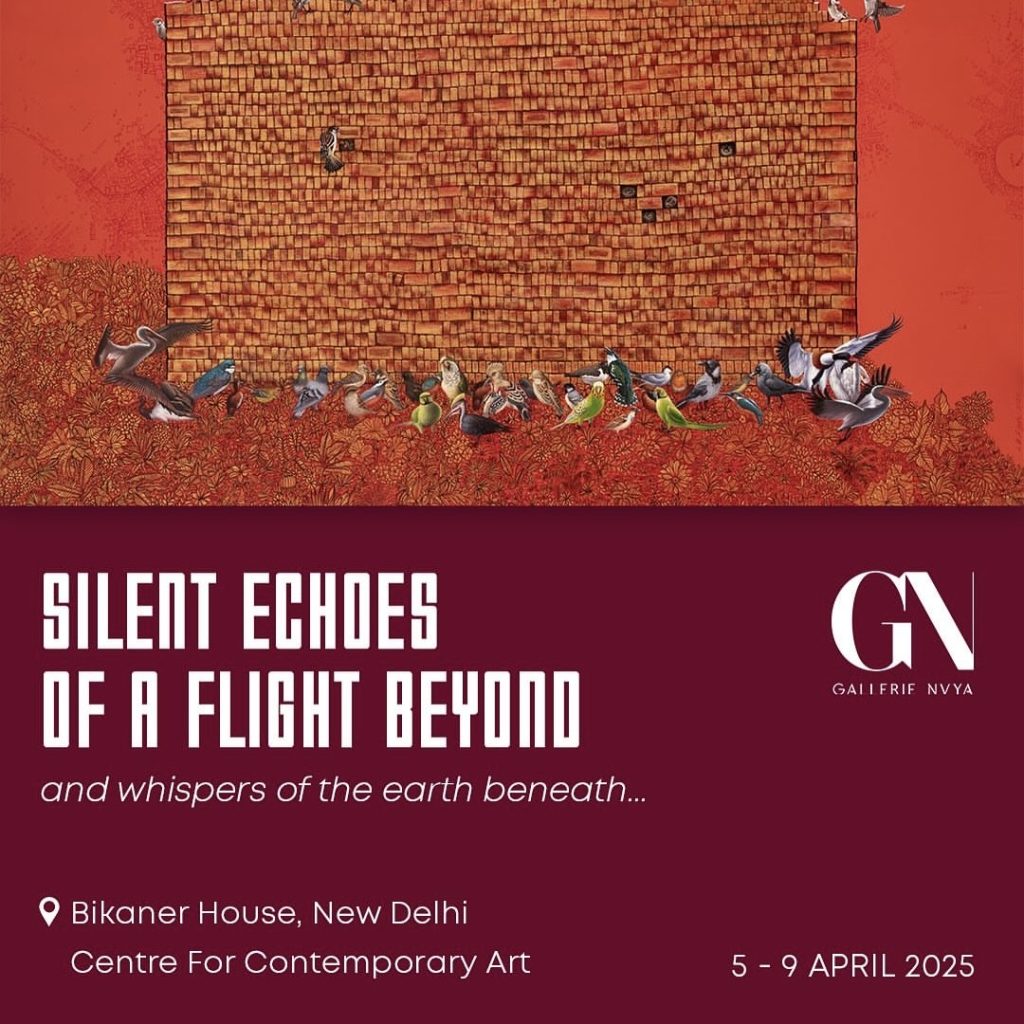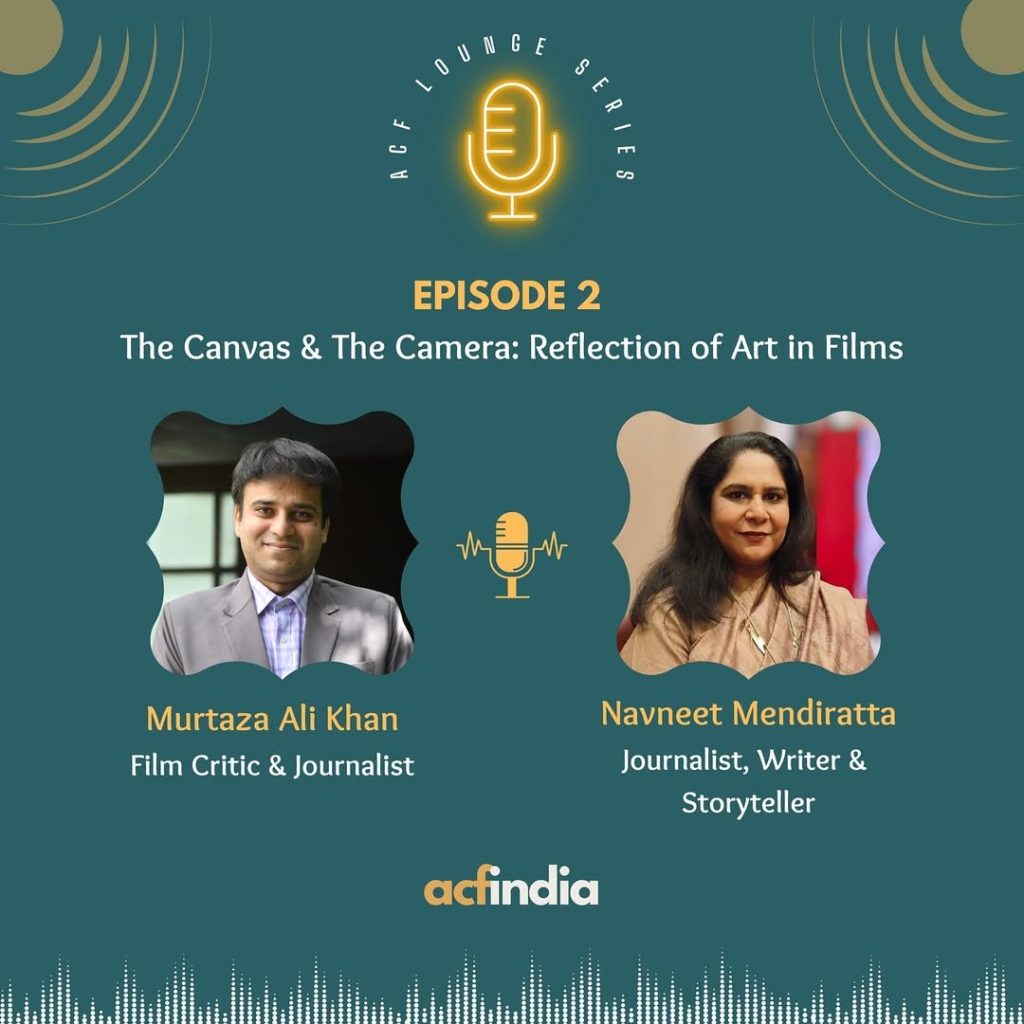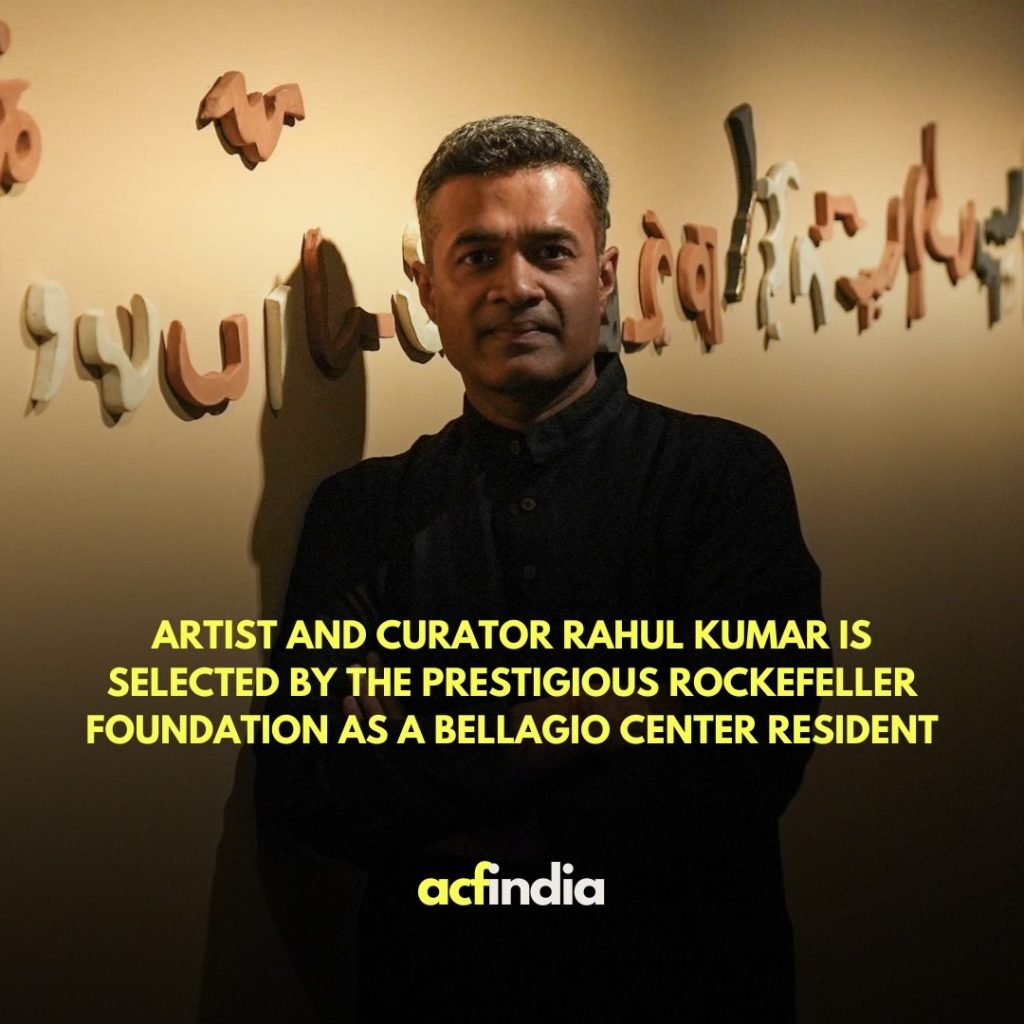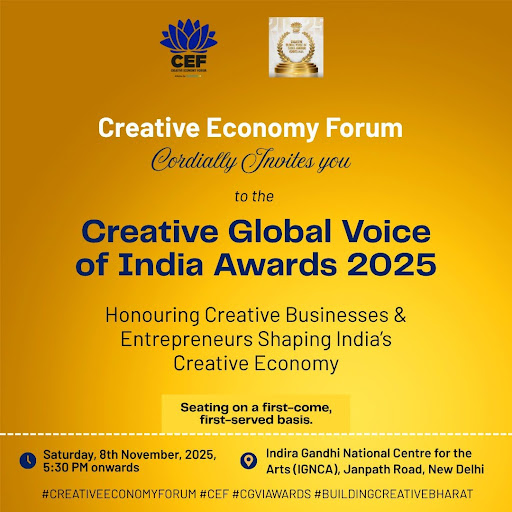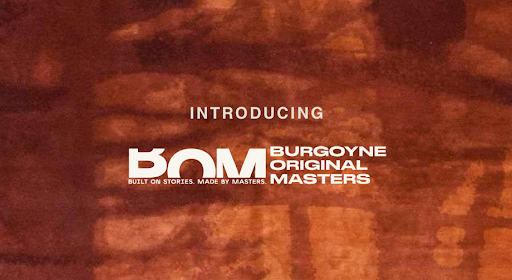By Chahat Sharma
When the streets of Beverly Hills were taken over by a majestic herd of 100 life-sized elephant sculptures, it was not just an art installation, it was a moment where design, ecology, and storytelling converged. Draped in handwoven ceremonial blankets created by some of India’s most celebrated fashion designers, including Sabyasachi Mukherjee and Ritu Kumar, this moving project titled Wrapped in History was the final chapter of The Great Elephant Migration, an international conservation effort led by The Real Elephant Collective in partnership with Elephant Family. It was more than just a visual spectacle, it was a dialogue about heritage, sustainability, and the bond between humans and animals.
The Great Elephant Migration: Art on the Move
The project began in London during the pandemic and journeyed across over 5,000 miles in the United States before culminating in a finale. The migration featured 100 life-sized elephant sculptures, meticulously crafted by Indigenous artisans from the Nilgiri Biosphere Reserve in South India. These sculptures were made from Lantana camara, an invasive weed threatening India’s wildlife habitats, giving the project an added ecological edge.
Elephant in Beverly Hills
Image Credit: Victor Arriola/BFA.com, Vogue India
Blankets of Belonging: A Cultural Offering
What made the finale in Beverly Hills truly unforgettable were the over 70 ceremonial blankets adorning these elephants. Designed by 55 notable Indian contributors, these textiles were inspired by ancient customs of wrapping one’s community in handwoven cloth, as a mark of respect, love, and protection.
Fashion curator and designer Vikram Goyal, who co-led the curation, brought together a stunning group of talents from India’s craft, design, and fashion worlds. Each blanket became an offering, a story woven with threads of tradition, luxury, and soul.
Elie Saab’s Blanket
Image Credit: Elle India
Sabyasachi’s Blanket: A Masterstroke in Fabric and Philosophy
One of the most arresting pieces came from Sabyasachi Mukherjee, who brought his signature opulence and reverence for Indian craft to the project. Known for reviving forgotten textiles and handloom traditions, Sabyasachi’s contribution stood out for its richness, detail, and deep cultural symbolism.
His blanket was handwoven by Indian artisans, echoing the storytelling style his couture is known for. It was not just a wrap, it was a textile memoir, embodying the core values of identity, ancestry, and connection to the natural world. In typical Sabyasachi fashion, it balanced the world of high fashion and grassroots authenticity with effortless elegance.
This is not the first time Sabyasachi has supported crafts with a purpose. His longstanding Save the Saree campaign and partnerships with weaver clusters across India are all part of his greater vision: to preserve the soul of Indian design while remaining globally relevant.
Sabyasachi’s Blanket
Image Credit: @sabyasachiofficial via Instagram
Ritu Kumar’s Legacy: Tradition Draped in Elegance
Among the remarkable contributions to Wrapped in History was a ceremonial blanket by Ritu Kumar, a pioneering force in Indian fashion whose decades‑long commitment to reviving Indian textile traditions has shaped the country’s design legacy. For this installation, Kumar collaborated with artisans who worked in techniques such as aari, zardozi, and kashida, incorporating gold dori, mica mirrors, antique metal sequins, and reverse bandhej-printed linings, complete with ornate silver and gold tassels. The blanket reflects regional traditions from Ajrakh brocade to Kashmiri Jamawar paisleys with over 2,000 hours of meticulous embroidery, making it both a tribute to India’s craft communities and a powerful symbol of cultural endurance. As Kumar herself explained, the piece unites textile aesthetics and wildlife conservation, reinforcing the idea that cultural preservation and environmental stewardship can go hand in hand
Blanket by Ritu Kumar
Image Credit: Elle India
Fashion Meets Conservation: Beyond Aesthetic Impact
The ceremonial blankets were auctioned online, with proceeds directed towards wildlife and elephant conservation efforts, particularly through The Elephant Family, a UK-based charity working to protect endangered Asian elephants and their forest corridors.
This powerful convergence of art, design, and activism has redefined how we understand the role of creative industries in environmental advocacy. It is not about tokenism, it is about tangible, visible impact and long-term cultural change. This collaboration is a reminder that India’s creative power does not lie in trend cycles, it lies in weaving stories into fabric, whether on a ramp, in a museum, or across the back of a migrating elephant.
Sources & Further Reading:
– Vogue India: “What are 100 blanketed elephants doing in the middle of Los Angeles?”
https://www.vogue.in/content/what-are-100-blanketed-elephants-doing-in-the-middle-of-los-angeles
– Elle India: “How Vikram Goyal and 55 designers dressed 100 elephants in honour of Indigenous craft” https://elle.in/fashion/how-vikram-goyal-and-55-designers-dressed-100-elephants-in-honour-of-indigenous-craft-9484554
– The Elephant Family Official Site: https://elephant-family.org/
– Sabyasachi Official Website: https://www.sabyasachi.com

